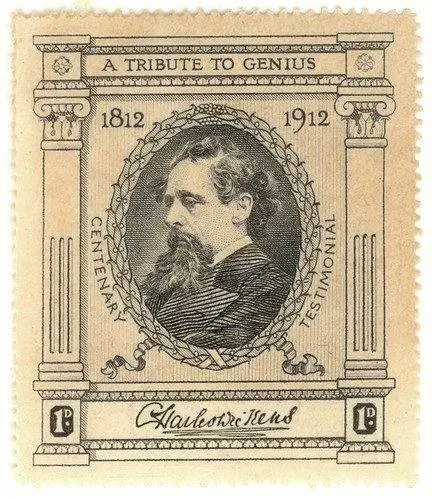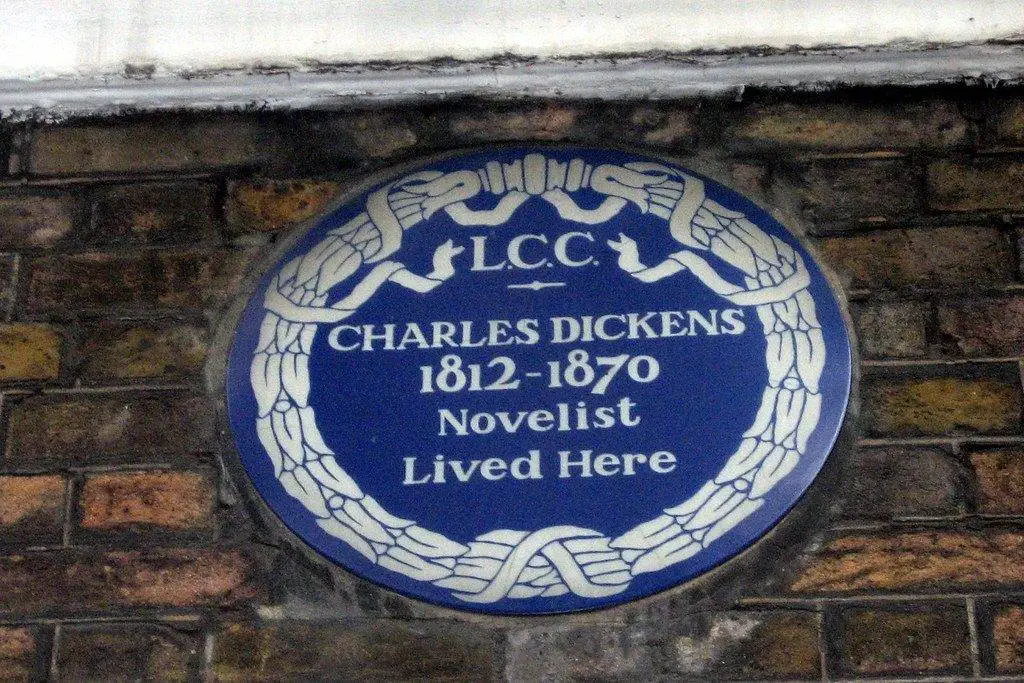Published in 1843, A Christmas Carol by Charles Dickens is a short novel set in Victorian England around Christmas. It tells the story of miserly Ebenezer Scrooge and his ideological transformation after visits from the ghosts of Christmas past, present and future. Through this simple moral tale, Dickens hoped to revive charitable values and holiday spirit in an increasingly commercial and industrial age. An enduring classic, A Christmas Carol practically defined the modern experience of Christmas in popular culture.
Table of Contents
Plot Summary
On Christmas Eve, miserly businessman Ebenezer Scrooge dislikes joy and celebration. When his cheerful nephew invites him for Christmas dinner, Scrooge refuses grumpily. That night, he is visited by the ghost of his deceased partner Jacob Marley who warns Scrooge to reform or face damnation in the afterlife.
Marley arranges for three spirits to haunt Scrooge—the Ghosts of Christmas Past, Present and Future. By witnessing his past joys, current unpopularity and potential bleak future if he does not change, Scrooge is redeemed. He awakens ecstatic on Christmas committed to charity, compassion and happiness.
Themes and Analysis
Major themes and ideas depicted in this novella are:
- Critique of greed, exploitation and increasing commercialization
- Defense of traditional Christmas traditions, charity and family bonding
- Personal reform and redemption’s power to heal society
- Shared humanity and duty towards poor, needy and vulnerable

- Warning parable about costs of prioritizing wealth over people
- Even misanthropes contain some vestige of past joys that can resurface
- Holidays as renewing communal rituals and temporary escape
Dickens pioneered the Victorian Christmas novella genre, hoping to reconnect readers to forgotten Yuletide values like generosity. Through supernatural interventions, he engineered Scrooge’s moral awakening as a kind of secular conversion tale. The story offers hope in the transformative potential of individuals when they answer a higher calling.
Read These Too:
- Wuthering Heights by Emily Bronte
- Pride and Prejudice by Jane Austen
- Treasure Island by Robert Louis Stevenson
Dickens and Victorian Christmas
Charles Dickens was born in England in 1812 into a struggling middle-class family. His books focused on the lives of ordinary people. With industrial capitalism making business paramount, traditional Christmas customs were disappearing.
Relevant context includes:
- Rapid social changes under early industrialization
- The traditional English Christmas celebration fading
- Increasing wealth gaps between industrialists and laborers
- Poor urban slums, child labor exploited by factories
- Benevolent charity efforts emerging to aid the poor
- Secular ideas competing with church dominance

Dickens believed retrieving the generous spirit behind Christmas through resonant tales could unite society. When published, A Christmas Carol was instantly successful and helped revive holiday rituals.
Analysis of Key Characters
Ebenezer Scrooge – The miserly protagonist who transforms from a bitter, penny-pinching businessman to a kindly benefactor after his hauntings.
Bob Cratchit – Scrooge’s impoverished but good-hearted clerk who represents the struggling working class.
Jacob Marley – The ghost of Scrooge’s equally greedy deceased business partner whose unethical deeds condemn him.
Tiny Tim – The youngest Cratchit son whose disability makes him a symbol of the sickly poor. His fate motivates Scrooge’s reform.
The Ghosts – The three spirits who reveal Scrooge’s past happiness, current loneliness and grim future possibilities unless he changes.
Fred – Scrooge’s optimistic nephew who keeps inviting his uncle despite rejection, representing hope.
Legacy and Impact
As a key text reinventing Christmas traditions, A Christmas Carol greatly influenced culture:
- Helped spark the Victorian Christmas revival and its lasting customs.
- Established the Christmas-time moral redemption narrative formula.
- Ghostly spirits and time travel tropes permeate holiday tales since.
- Scrooge became the archetypal miser redeemed by Christmas spirit.
- Tiny Tim popularized sympathetic impoverished children in stories.
- Quintessential Christmas fixtures like family gatherings and feasts stem from it.
- Reflected and fueled a shift toward more charitable giving and concern for the poor.
- Ignited a flourishing genre of Christmas literature and holiday stories across media.
- Promoted concept of Christmas as a time of pleasure, games, festivity and hope.
- Inspired Dickens’ own public readings later, sealing Christmas entertainment customs.
Why Read A Christmas Carol
Here are some key reasons for the novella’s enduring power:
- Dickensian descriptive vividness and memorable characters.
- Perfectly paced and structured morality tale.
- Cultural influence on how modern Christmases are celebrated.
- Captures meaning behind traditions warped by industrialization.
- Blends elements of humanism, the supernatural and religion.
- Charity and compassion as antidotes to selfish individualism.

- Scrooge’s transformation gives hope in humanity’s potential.
- Critique of class inequality and ethical obligations toward poor.
- Duality of Christmas as family time and public holiday for all.
- Established the pleasurable Christmas ghost story genre.
Read These Too:
- William Shakespeare Continues to Inspire Generations
- Rudyard Kipling: Legacy of a Literary Giant
- Contemporary Literary Theory
Conclusion
Charles Dickens’ heartwarming parable of charity and redemption redefined Christmas as a humanitarian festival while inventing its popular lore. Scrooge became the archetypal transformed miser. Our shared image of the perfect Christmas – gifts, feasts, carols and goodwill towards all – traces back to Dickens’ little ghost tale. A yuletide fable for the ages, A Christmas Carol proved the pen can be mightier than greed itself.



2 Comments
Very interesting information!Perfect just what I was searching for!
Thanks a lot for your valuable comments..